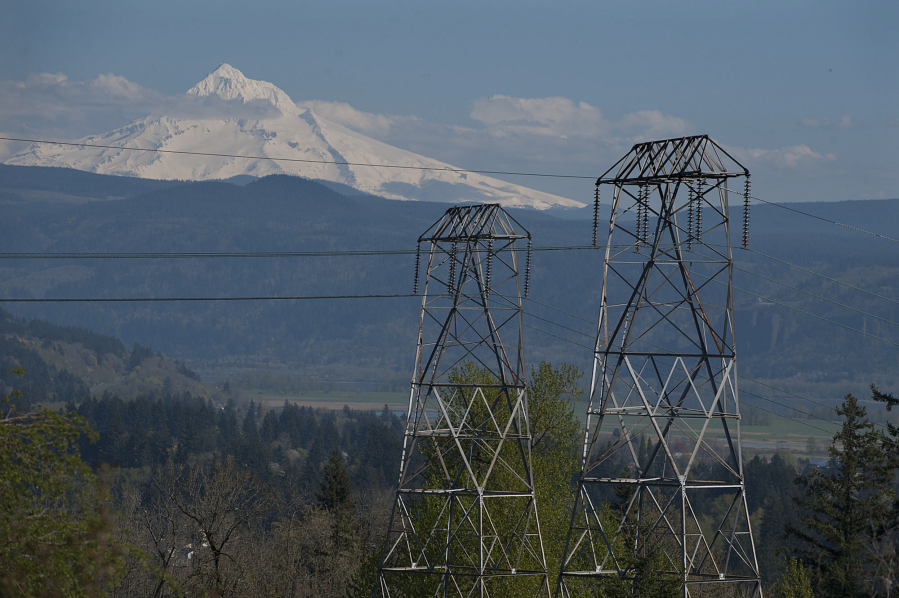“One of the attractive features of our portfolio is we’re able to acquire the right to dispatch these resources close to the source of the congestion,” Sarah Arison, the BPA’s nonwire projects manager, said.
Under the two-year pilot, four energy companies working with BPA will create more than 110 megawatts of relief for the transmission system on 10 summer days for four hours at a time.
BPA will forecast peak energy demands — when it’s going to be very hot in the Portland area or when demand from Southern California will spike — then coordinate with its contractors to take the pressure off the transmission system.
An Avangrid Renewables power plant on the California and Oregon border will incrementally supply more power to needy customers south of the congestion point. BPA will also work with the Richland-based Energy Northwest that acts as an aggregator that, among other things, will work with high-demand users to change how and when they consume electricity. Oregon-based McMinnville Water and Light will reduce some of its industrial load and free it for local load service.
Meanwhile, TransAlta, the coal-fired power plant in Centralia, which is above the trouble spot, will reduce its electricity output.
Initially, BPA planned to incorporate battery storage into the pilot project. But it had trouble finding a vendor that could provide the amount of storage BPA needed at a cost effective level.
“We’re working on that,” said Arison, adding that battery storage might not be a viable part of the project until the second year.
The BPA expects the pilot to cost less than $5 million per year.
If the pilot is successful at alleviating the strain at the South of Alston, it could also be applied to other congestion points in the system.
“This is a distributable solution. We have a lot of these pinch points across the transmission grid and there’s no reason we couldn’t deploy these resources or different resources for multiple solutions,” said Kevin Johnson, an electrical engineer at BPA. “Because of our current portfolio, there’s another pinchpoint at Centralia which we could manage with the exact same resources that we have.”
The two-year experiment should give BPA a better sense if there are existing cost-effective options to reducing electricity congestion other than building the proposed $722 million transmission line. The proposed line would run from Castle Rock to Troutdale, Ore., cutting through Clark County and crossing the Columbia River near Camas.
When BPA announced the pilot project in May, officials speculated that they may find a solution that helps defer the need to build the line in the immediate future.
The BPA explored nonwire solutions and discussed its findings in the I-5 Corridor Reinforcement Project’s final environmental impact statement, which was released last year. In the document the agency said it hasn’t found an operationally, commercially and economically feasible long-term solution to alleviate congestion along its north-south corridor.
The pilot program’s outcome won’t affect BPA’s decision-making process on the proposed transmission line. That decision lies with BPA Administrator Elliot Mainzer, who, according to BPA spokesman Kevin Wingert, is still evaluating it.
“There’s no silver bullet. Any solution short of a build would require many components,” Wingert said. “But (the pilot) could defer the project.”
But even if Mainzer does approve the line for immediate construction, several years would likely pass before activation. And between then and now, congestion will still be a problem.




